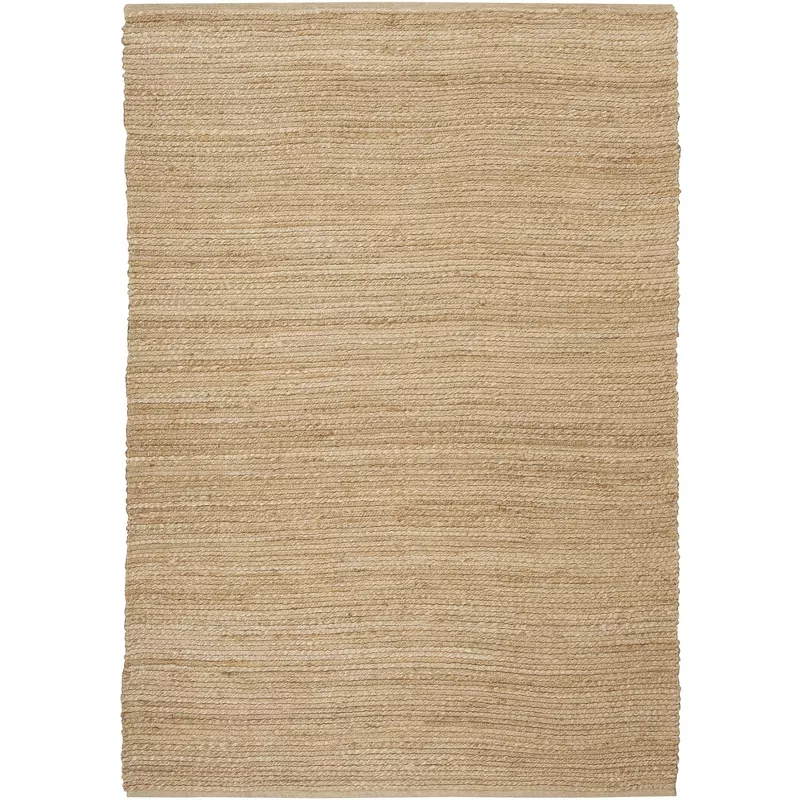9 ways the summer heat can damage your home – avoid disaster and save $1,000s on home repairs with these expert tips
Summers are getting hotter due to climate change, but being prepared will stand you in good stead
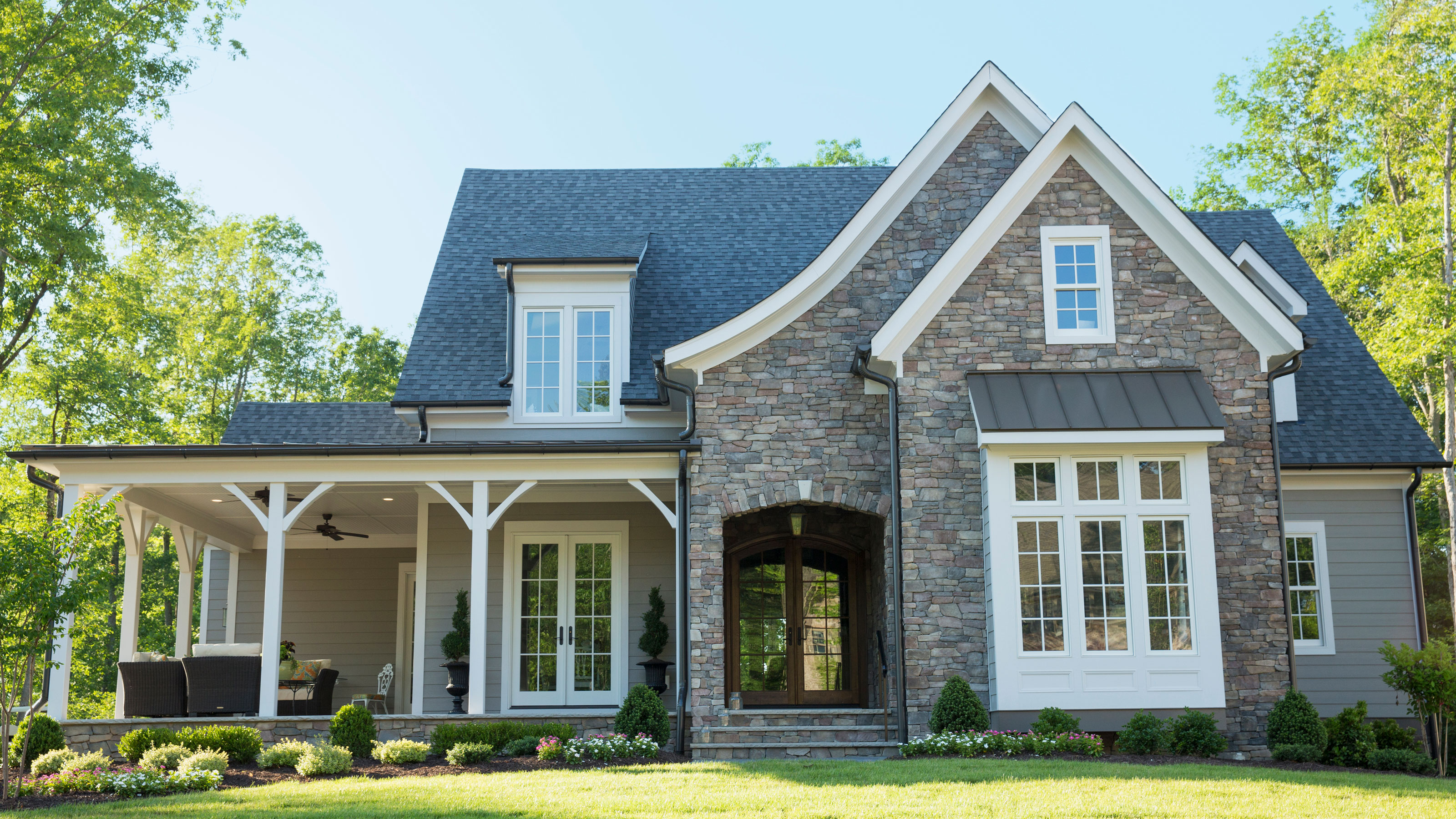

The increasing summer temperatures aren’t just difficult for us to manage and hard on the planet, but can prove tricky for our homes as well. There are several ways the summer heat can damage your home.
Luckily, they are mostly preventable with some regular home maintenance, especially if you know what to look for and when.
Here, expert contractors have revealed the nine ways extreme heat could damage your property, as well as the home upgrades to prepare a house for extreme weather.
Ways summer heat can damage your home
While a hot summer's day might not seem as threatening to your home as a severe storm or flooding, it can wreak havoc on its structure, making it just as essential to prepare for the damage a heatwave can cause as it is to prepare your home for a thunderstorm or prepare your home for a snowstorm.
According to a study by the EPA, average summer temperatures have increased by at least 1.6°Fahrenheit across 48 contiguous states (sharing a border). The report concludes that 'warmer average summer temperatures align with the observation that extremely hot temperatures have become more frequent.'
1. Roof damage
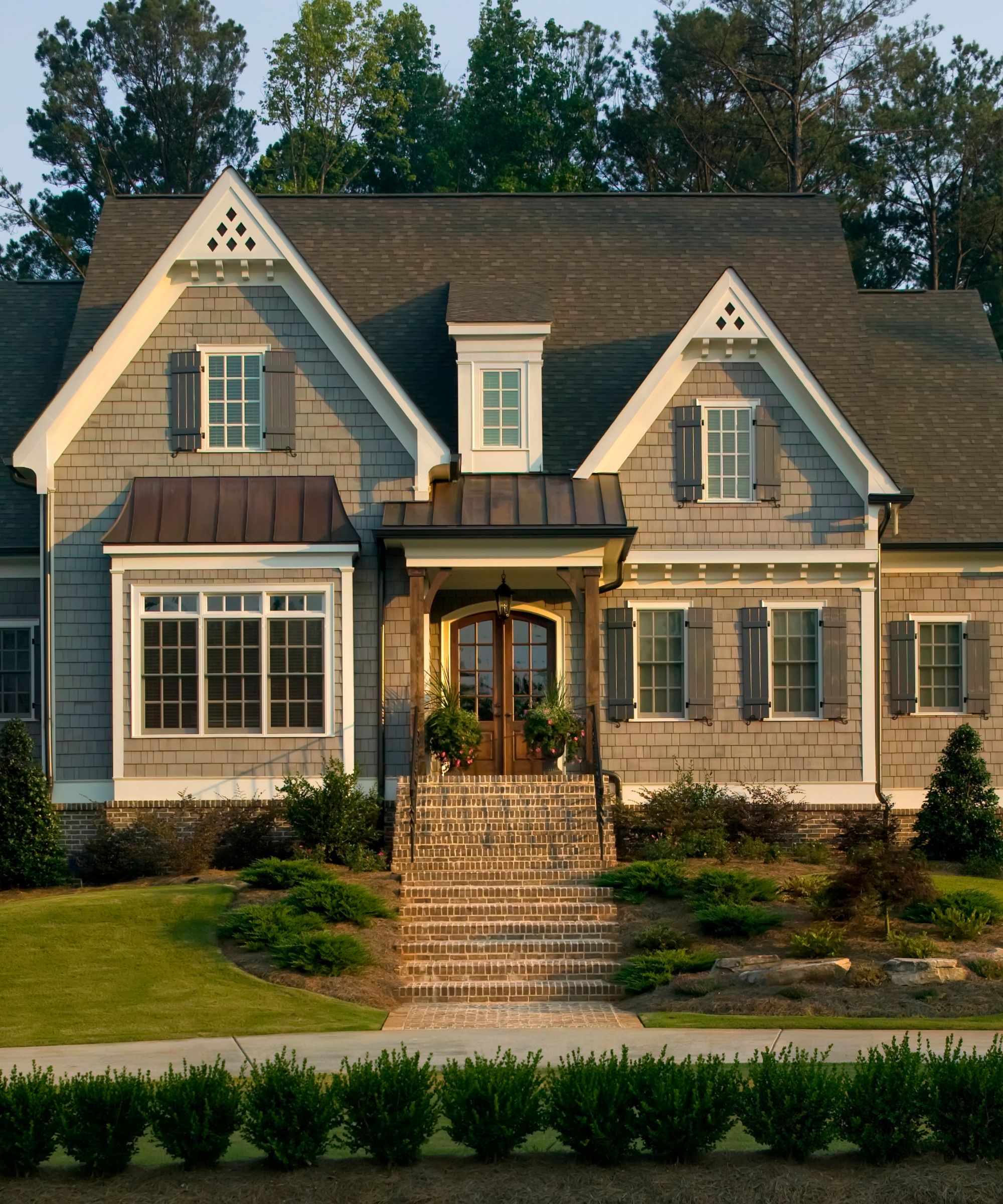
Checking the condition of your roof while cleaning your gutters can help to protect it from more serious damage.
Brandon Foote, contractor and owner of Advanced Roofing & Construction, begins, ‘Shingles are usually the first to show it. When temperatures stay high, it speeds up how fast asphalt shingles wear down. They start curling, cracking, or shedding granules, which can lead to leaks and higher energy bills.
'The best way to stay ahead of this is with good attic ventilation and a roof inspection each year when you clean a shingle roof. If damage is already done, swapping out the bad shingles is usually the way to go.’
Design expertise in your inbox – from inspiring decorating ideas and beautiful celebrity homes to practical gardening advice and shopping round-ups.
This soft general wash brush, from Lowe's, connects to a standard hose pipe to make cleaning shingles and removing moss and debris easier, helping you to better assess for damage in summer.
Investing in good attic insulation can also help to protect your roof’s main structure, including any wooden beams, from cracking and warping. While it might sound like it would only make your home feel hotter, installed correctly, it can also help to keep heat out on the hottest day, helping you to handle extreme heat at home, too.
2. Flexing foundations
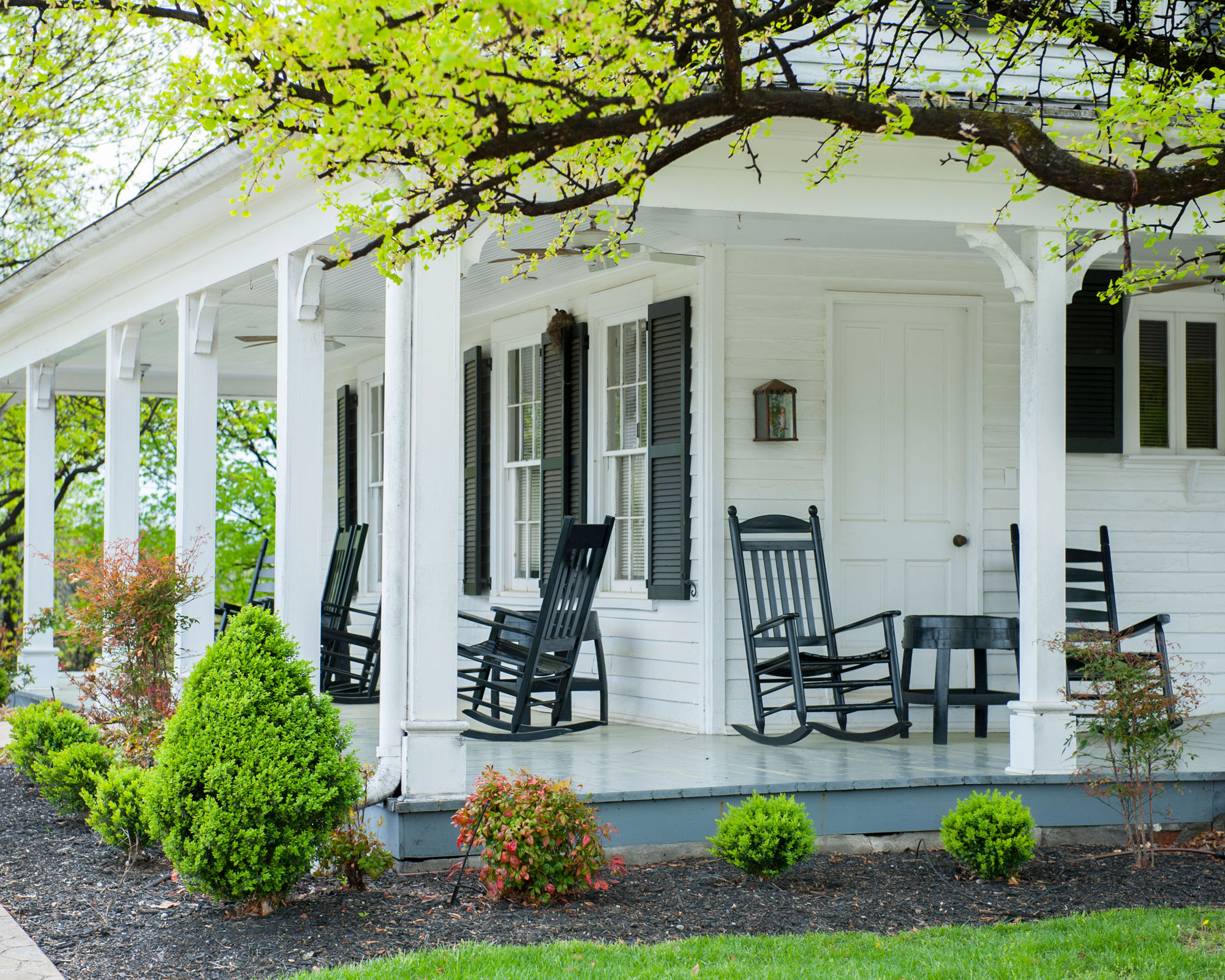
Strategic planting and external cover around your home can help the ground around your foundations stay moist, reducing flexing and settling in summer.
Your home foundations are tucked away underground, so they should be safe from the sun’s heat, right? Unfortunately, extreme temperatures can dry out the soil around the foundation, shrinking and swelling in a way that causes the foundation to flex and settle. This, in turn, can cause cracks in walls and plasterwork around the home.
Luckily, it is relatively simple to fix cracks in plaster walls, however, you can prevent further extensive damage by keeping the soil around your home suitably damp, while avoiding overwatering, which could lead to leaks or mold. Some drip irrigation systems, available from Lowe's, can make this easier and prevent the need for physical labor in dangerously high temperatures.
3. Bubbling paint
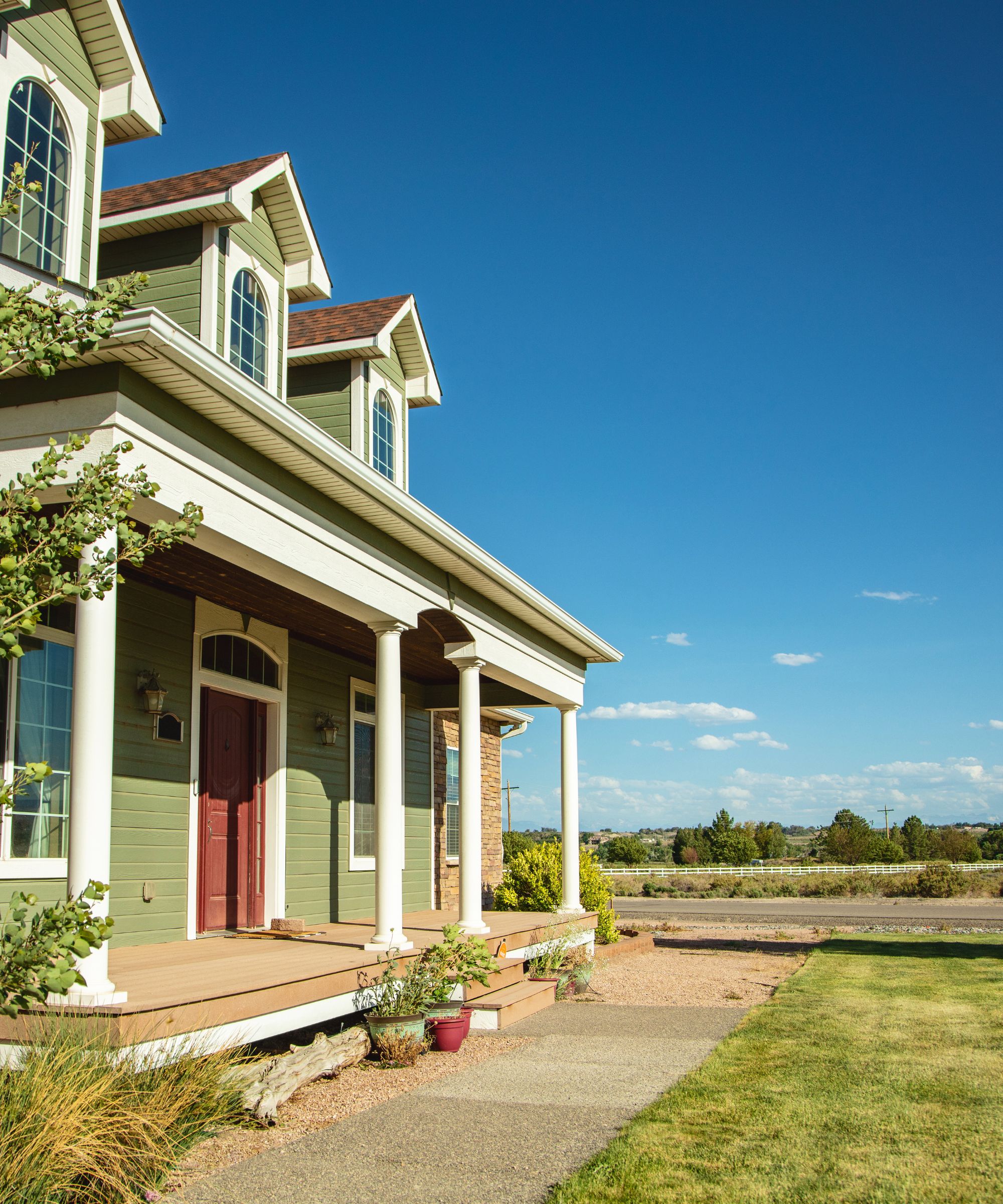
Repainting your house protects the siding and boost curb appeal.
Wondering why your wall paint is bubbling? The heat could be to blame.
Kelly Mardis, painting contractor and owner of Marcel Painting, explains. ‘When paint is exposed to high temperatures, any moisture underneath the paint will try to escape. When this happens, blistering or small bubbles will occur.
'If your home wasn’t painted correctly, this can happen quite easily. You will notice small bubbles and areas where the paint is peeling in circles. If you notice this, you need to speak with a professional to get it fixed.
‘Similarly, paint can crack due to surfaces expanding. As the temperatures drop during the nighttime and the sun comes up in the morning, surface materials expand and contract. Over the years of this process, it creates stress on your home, which can lead to cracks in the paint on the outside of your house.
'There isn’t really anything you can do to fix this issue. You can’t fight nature. What you can do is repaint and refinish your doors and other areas about every five years.’
Following some smart tips to prolong the life of your paint job, such as picking the right paint for the job when fixing peeling paint can help delay a repeat process in the future.
4. 'Cooked' seals
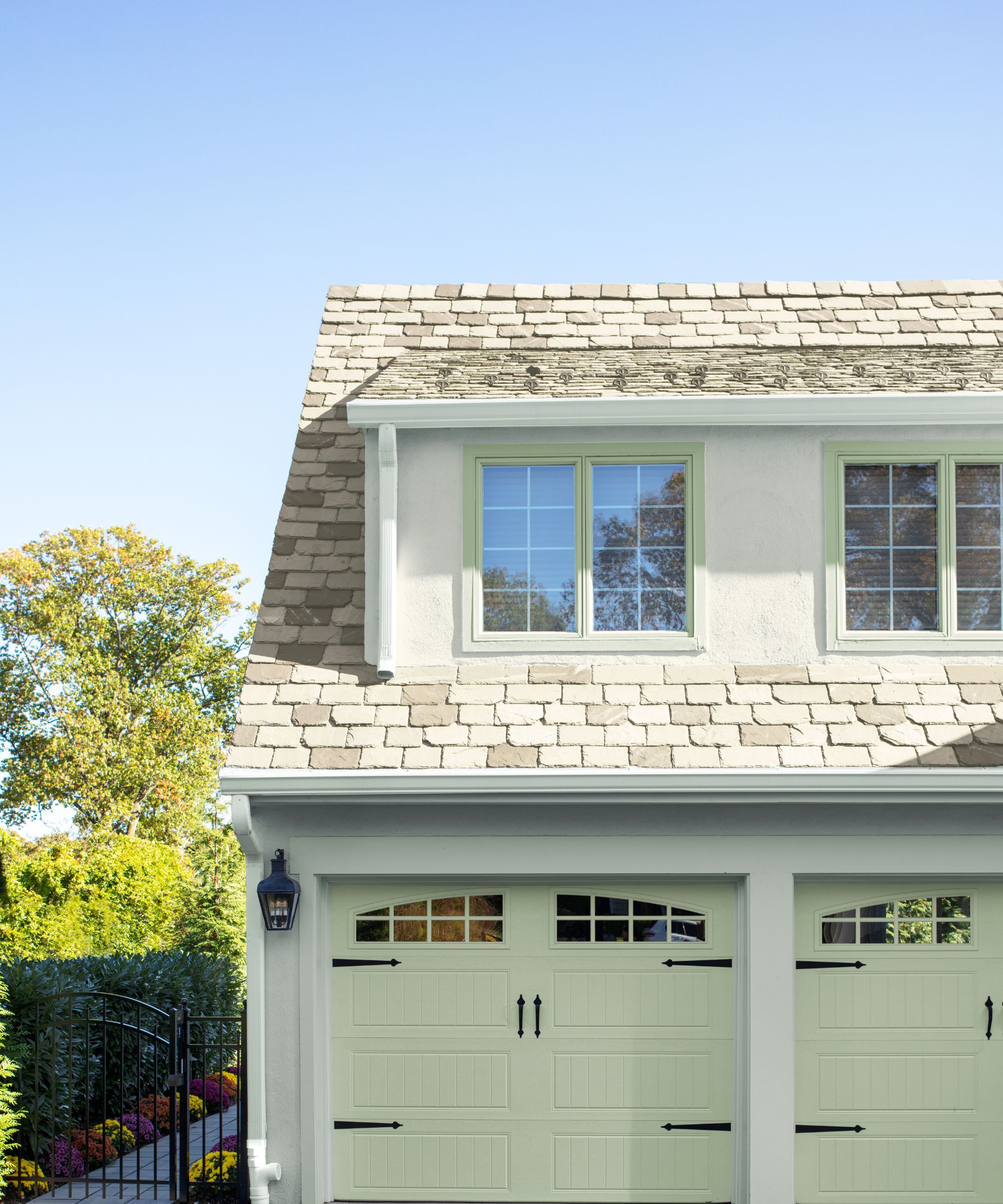
Resealing doors and windows helps them to last longer, and costs less than replacements.
We usually only look at the seals on our homes in winter, when we are trying to seal window gaps to stop cold air leaks. However, they should be added to a running list of user home maintenance tasks, too.
Randy Oliver, president of Hollywood-Crawford Door Co. warns, ‘Rubber weather seals and bottom gaskets can get cooked by the heat. They dry out, crack, and stop doing their job. This means bugs, dust, and hot air can get in easily. To prevent these problems, inspect those seals every few months. Especially heading into summer.’ The Stanley All Weather Pro Weatherseal, from Walmart, is perfect for the task, offering flexibility to shrink and expand with your home in high temperatures, while resisting moisture in winter.
It isn't just the seals around doors and windows you need to check, either. Randy continues, ‘One of the big things we notice is how high heat can warp or crack garage doors, especially wooden ones. That intense sun exposure bakes the surface, and if the door isn't properly sealed or painted, moisture can sneak in. For prevention, use UV-resistant paint or stain and apply it generously. And remember, the better the quality, the longer it’ll stand up to the sun.
‘If you already have minor damage, sanding, resealing, or replacing trim can help. For severe warping or cracked panels, it’s often more cost-effective to replace the affected sections.’
5. Cracking driveways
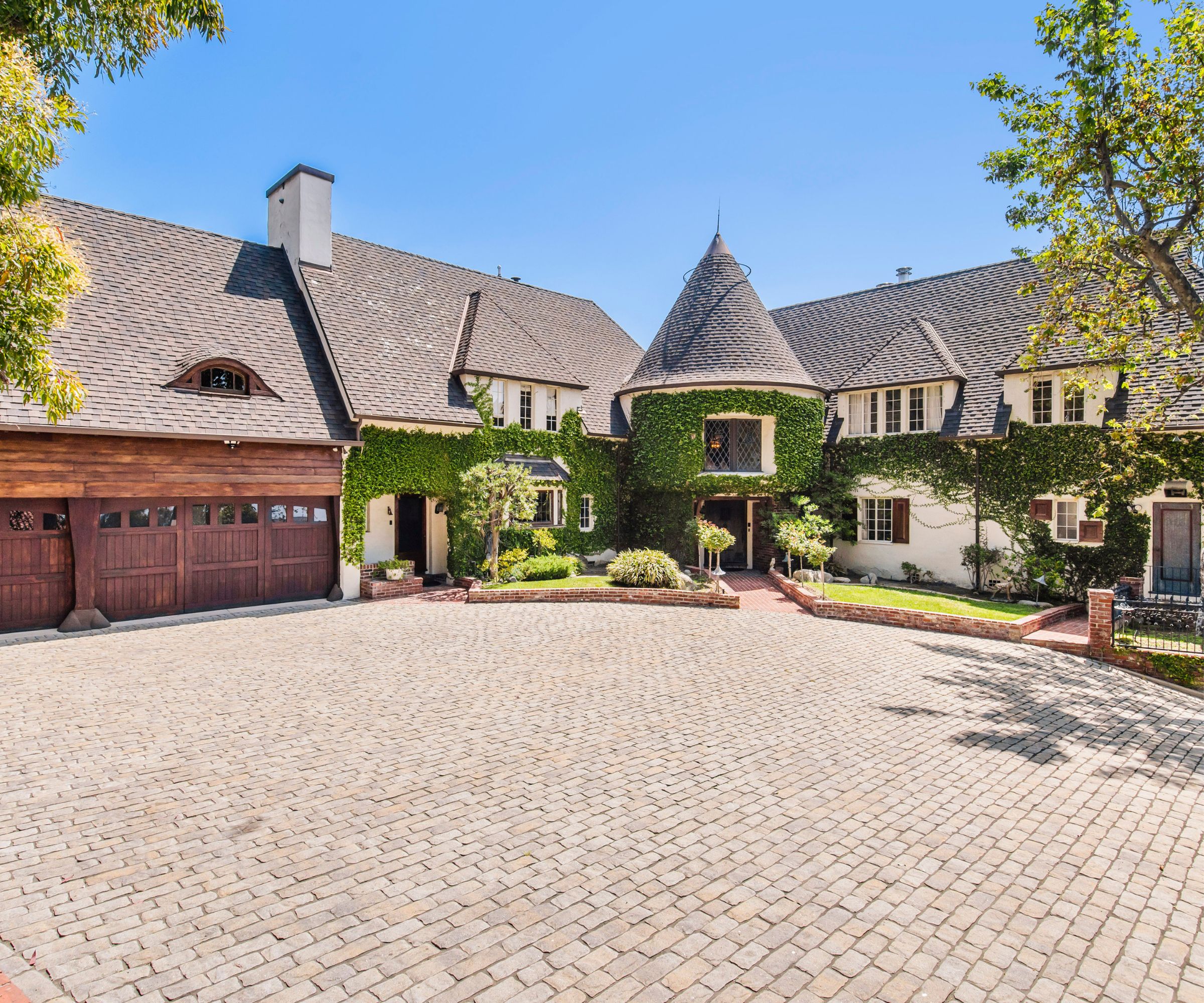
Paved driveways are less susceptible to heat damage.
You might have some practice in winterizing a driveway, but you need to prepare it for summer, too, especially as temperatures climb.
Joe Raboine, VP of design at Belgard, explains, ‘Asphalt is a common material for many driveways and walkways. But in areas with intense heat, asphalt can become soft and crack, leading to needed repairs. Opting for a paver driveway or walkway can be a better option, as certain paver varieties, like porcelain, do not get as hot.’
If your asphalt driveway does crack, Lowe's offers a quick cold patch repair asphalt repair kit to rapidly patch cracks.
6. Warped wood
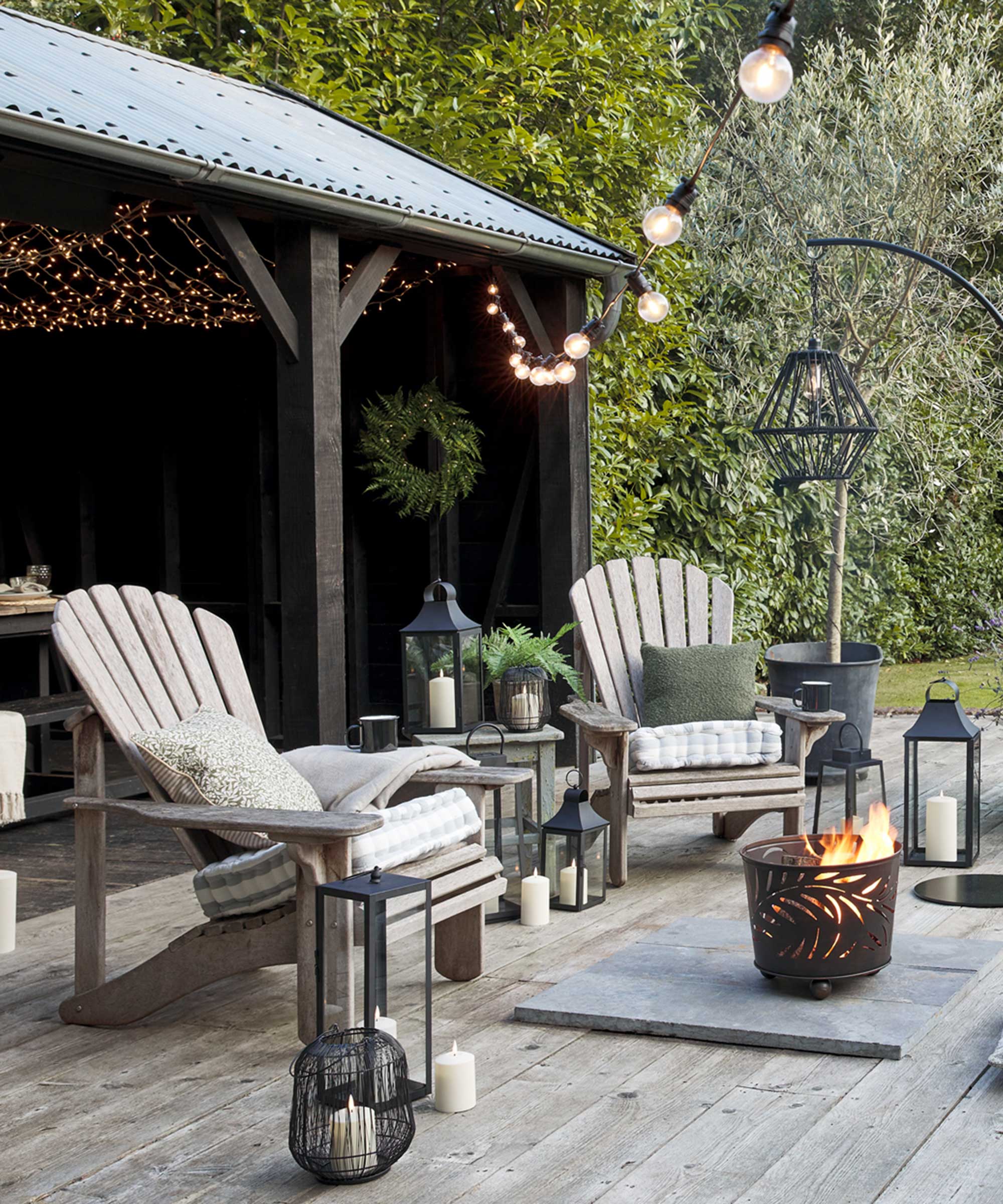
Sealing a wooden deck can protect it form the sun, but be cautions that it doesn't burn you or your pets.
Even if you have spent time picking the best wood for a deck or sealing and protecting wooden balustrades and finishes, they are particularly susceptible to damage in hot summers.
Jim Marino, home improvement expert and CEO at Pinnacle Home Improvements, says, ‘If you have a wooden deck or any wood trim or window frames, cracking and warping can easily occur from these hot temperatures. With any wooden features on your home, applying a weather-resistant sealant once a year can go a long way to safeguard them. However, if you see any visible damage, you’ll need to replace any cracked or warped boards, then reseal the area to prevent future problems.’
The BEHR Premium transparent waterproofing exterior wood finish from The Home Depot offers all-weather protection to keep your decks, fencing, and siding safe.
Heated wood isn’t just an aesthetic risk, Joe Raboine warns, ‘Wooden decks are prone to the same damage as a wooden fence, but with added risk from heat absorption. Wood decks can get extremely hot under high temperatures, putting you at risk of burns on the soles of your feet. This is also not ideal if you have pets or children who enjoy outdoor time on the deck.
'A simple solution can be investing in an outdoor rug, but make sure the material doesn’t hold heat. Composite decking is a great alternative that requires less upkeep, and materials are available that provide up to 35% heat reduction, keeping deck surfaces cooler.’
7. Plumbing leaks
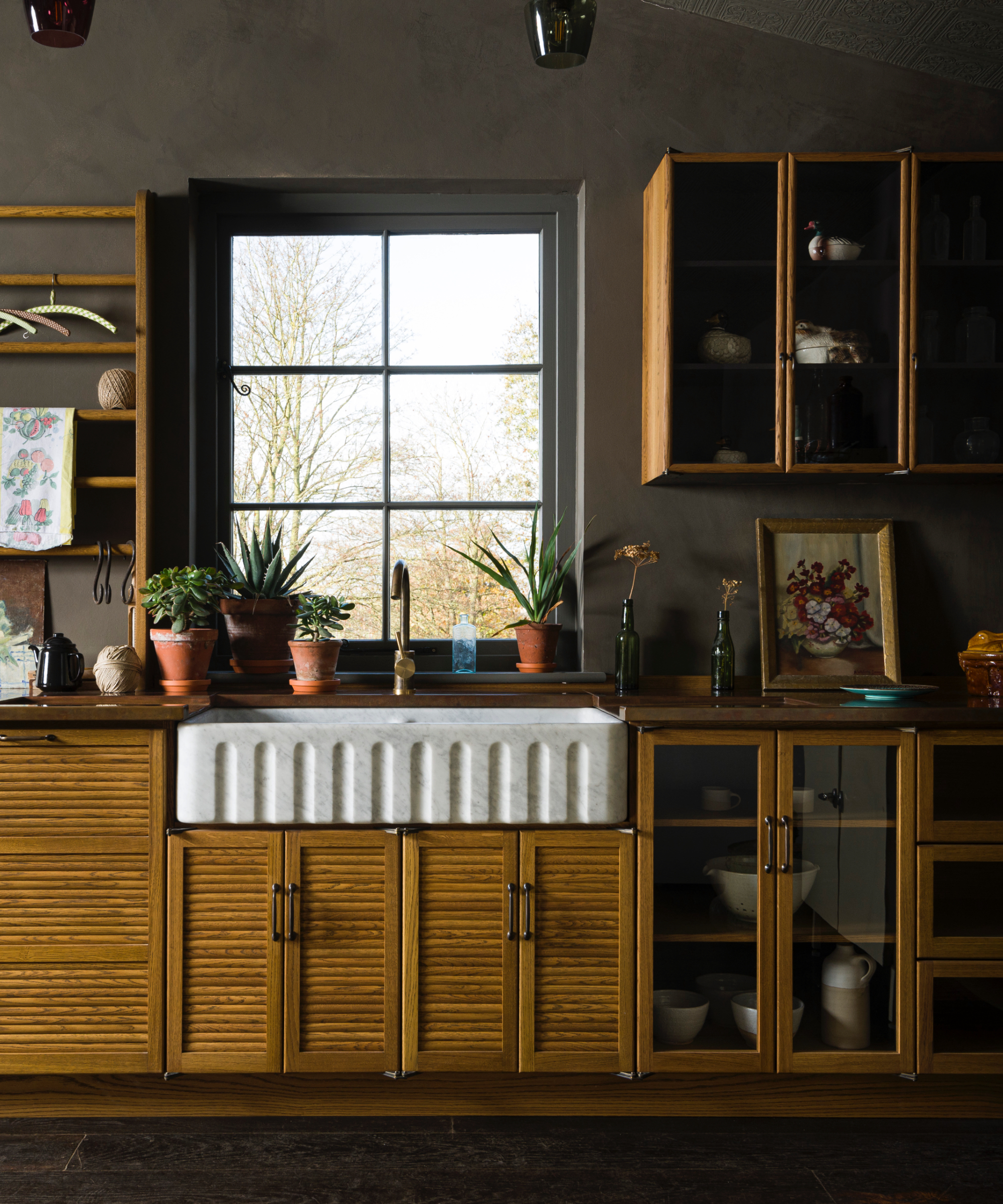
The effects of summer can cause damage inside your home, too.
Of all the plumbing disasters to avoid, a summer leak is one of them. Pipes can be moved around as housing materials shrink and warp under high temperatures, leading to disconnections and cracks in pipes.
Just as you would winterize home plumbing indoors, it is useful to have a plumber check that your pipework is properly sealed every few years to prevent water damage.
It is still helpful to know what to do if a pipe bursts, however, just in case.
8. Electrical fires
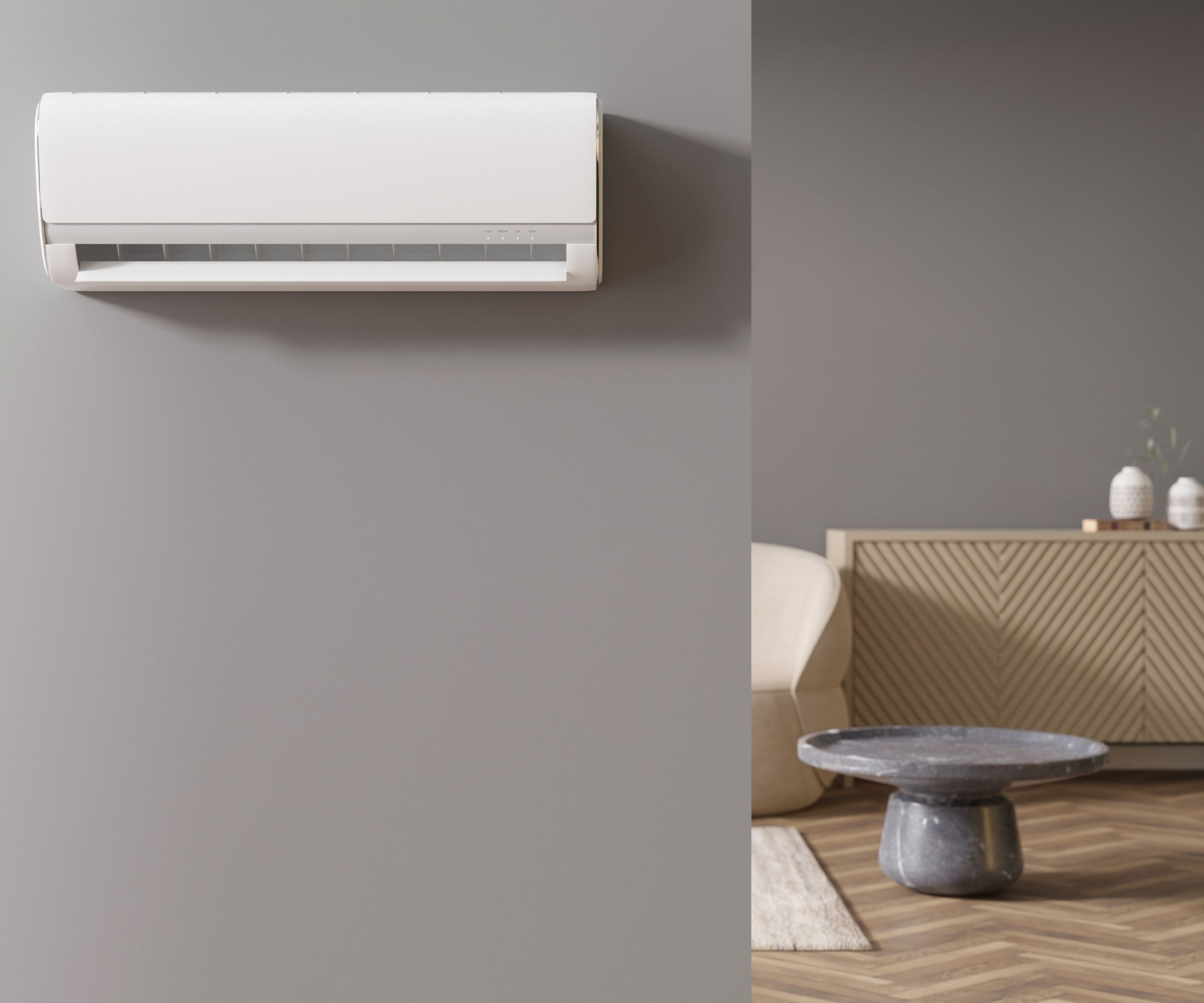
AC is essential to staying cool in summer, but watch that it is not overworking.
High temperatures and high humidity come together in summer to wreak havoc on electrical systems, especially those under pressure from AC units. The result is a common fire risk.
Bar Zakheim, contractor and CEO of Better Place Design & Build, explains, ‘High temperatures put more strain on your home appliances. Your air conditioner or heat pump will work a lot harder, run less efficiently, and potentially wear out faster.’
Reducing the strain on your home’s electrical system is key when you can, especially on extremely hot days. If your home loses power or you notice moisture around outlets from high humidity, it is definitely a sign to call the pros in to inspect your circuits.
For days when it is a little cooler, using the best fans, such as Homes & Garden's top-rated Shark Flexbreeze fan, from Best Buy, instead of your AC can help to lower energy bills and reduce stress on your home's electrical system.
9. Cracked pools
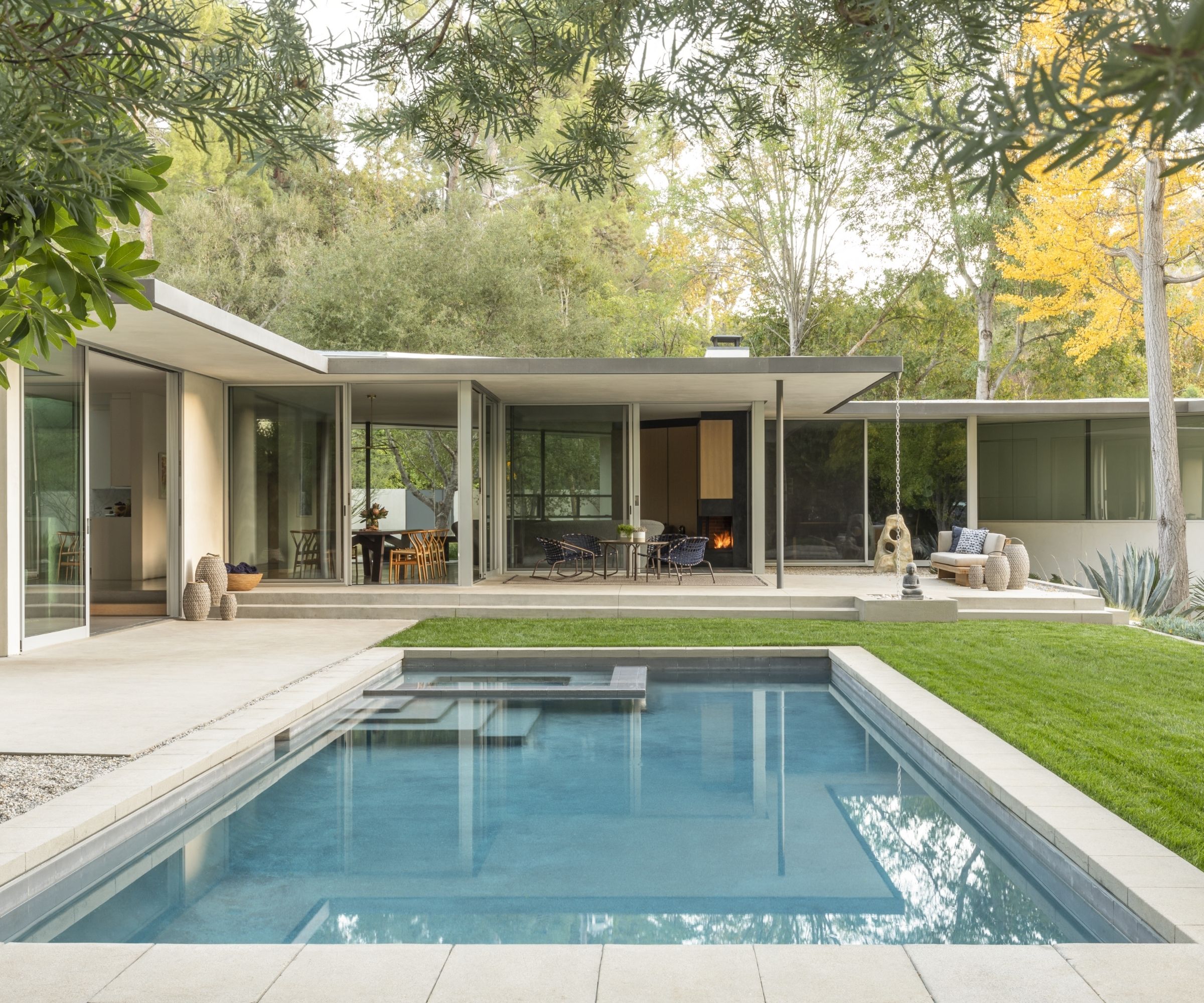
An empty pool can destroy your pool and the foundations around it. Keeping it full in summer is essential.
Cooling a pool in summer is vital – and not just for your own comfort. Jeremy Yamaguchi, CEO at Cabana, warns, ‘If you have an inground pool, summer heat can lead to the water evaporating more quickly, which can cause damage in a few different ways.
'One is that it can lead to chemical imbalances in the pool. When that happens, pool equipment can suffer some damage, and there can be an increase in algae growth and scaling. Additionally, if the evaporation leads to a significant amount of water loss, that can potentially lead to cracks in the pool.
'Essentially, inground pools need to be filled to a certain amount to combat the external pressure from the ground surrounding them, so when they are too empty, they can crack and suffer irreversible damage.’
Covering the pool with a UV pool cover, from The Home Depot, whenever it is not in use, is a great way to prevent this, especially at peak sunshine hours, around midday.
Meet the experts

Brandon began working in the field of roofing and construction 20 years ago, going full steam ahead to create Advanced Roofing & Construction in 2014. As president of the company, his acute attention to detail and disciplined approach to the field have made him the go-to expert and roofs and gutters.

Joe is the Vice President of Design, Oldcastle APG, parent company of Belgard Hardscapes. A former contractor with 25+ years of experience in the outdoor living industry. He leads design for Oldcastle APG, a leading outdoor materials manufacturer of hardscapes, composite decking, fences, railing, lawn and garden materials, pool finishes, and more.

Randy Oliver is a seasoned professional with over four decades of experience in the garage door industry. Since 1981, he has been an integral part of Hollywood-Crawford Door Co. Randy has been actively involved in industry associations, notably serving on the board of directors for the International Door Association (IDA) for a total of 13 years.

Kelly served for four years in the Navy, working to maintain and paint countless ship decks and bulkheads, before moving on to work full-time at two large painting companies, giving him years of real-world experience.

Jim has led Pinnacle Home Improvements as CEO since October 2009, with over a decade of expertise in the home improvement industry.

Bar is a licensed general contractor and military veteran. He co-owns Better Place Design & Build with his brothers in San Diego.
Of course, it is also vital to keep the interior of your home cool to keep yourself safe and healthy during high temperatures.
Knowing the fastest ways to cool a house – including some unusual methods for staying cool at home – can keep you comfortable, even when the mercury hits new highs.

Chiana has been at Homes & Gardens for two years and is our resident 'queen' of non-toxic living. She spends most of her time producing content for the Solved section of the website, helping readers get the most out of their homes through clever decluttering, cleaning, and tidying tips. She was named one of Fixr's top home improvement journalists in 2024.
You must confirm your public display name before commenting
Please logout and then login again, you will then be prompted to enter your display name.
